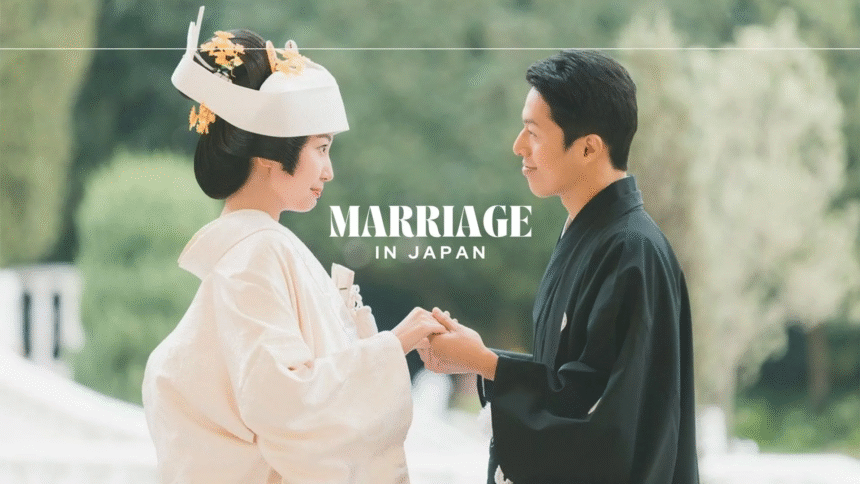Getting married in Japan is surprisingly paperwork light. Once your marriage registration (婚姻届/kon-in todoke) is stamped at city hall, you are legally wed, regardless of any shrine bells or chapel vows that follow. This guide breaks down every step, from required documents to post-registration life admin, so you can focus on celebrating.
Legal Fundamentals of Marriage Registration
Even the most lavish shrine ceremony is no match in the eyes of the law as the municipal registration. Couples, whether they’re foreign, mixed, or entirely non-Japanese, can file at any city or ward office without a prior residency period.
1. Civil vs. Ceremonial Weddings
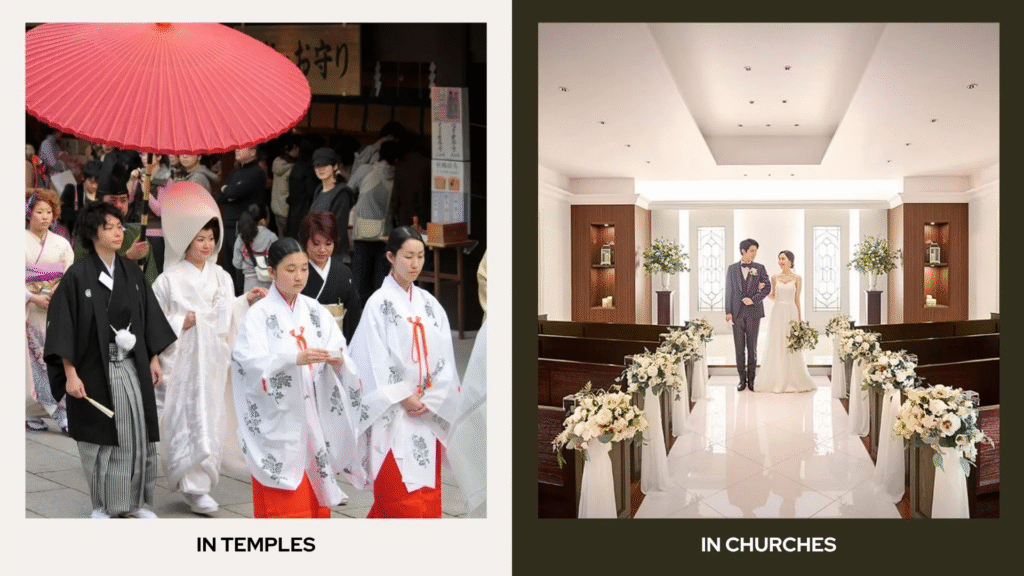
Japan’s constitution separates religion from state, which means that temples, churches, and hotel chapels serve only symbolic roles.
2. Age, Consent, and Marital Status
- Minimum age: 18 for all genders (since 2022).
- Bigamy is illegal. Divorced women must observe a 100-day waiting period before remarrying unless certified as non-pregnant. (Ministry of Justice, 2024)
- Same-sex marriage remains unrecognized nationally, though partnership certificates exist (see “Partnership Options” below).
Eligibility and Required Documents
Before heading to the counter, confirm that you are free to marry under both Japanese law and your own country’s law.
Certificate of No Impediment (CNI)
Issued by your embassy or consulate, a CNI — or a notarised single-status affidavit for some nationalities — proves you are legally single. Processing can take one day to two weeks, depending on your country.
Core Document Checklist
- Passport and residence card
- CNI or single-status affidavit
- Birth certificate (if requested)
- Divorce decree or spouse’s death certificate, if applicable
- Japanese translations of all non-Japanese documents, signed by the translator
- Apostille seal for Hague Convention countries to prove authenticity (check local rules)
Step-by-Step Registration at City Hall
It might seem daunting, but don’t worry, this step can take under one hour.
Step 1 – Collect and Complete the kon-in todoke
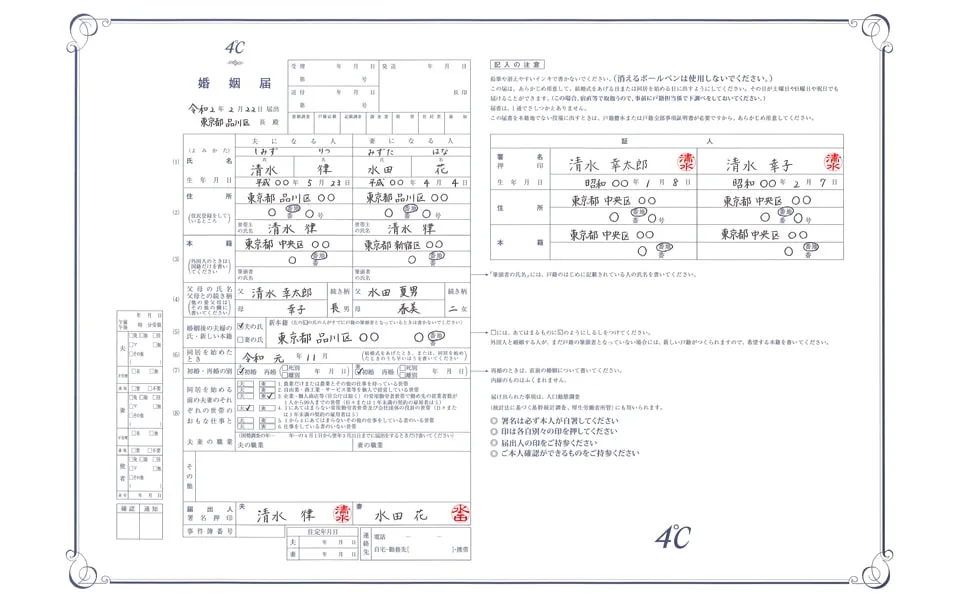
This pink form requires both parties’ details and two adult witness signatures (of any nationality). Use the exact kanji listed on the Japanese partner’s 戸籍 (koseki).
Step 2 – Submit Originals and Translations
Present everything at the Family Registry counter. Clerks may phone your embassy to verify unfamiliar forms.
Step 3 – Receive Acceptance Stamp
If all is correct, you are married the moment the clerk stamps your form. After-hours drop boxes accept filings 24/7, and processing begins thenext business day.
Step 4 – Obtain Proof
Request:

- 受理証明書 (Certificate of Acceptance): Needed for spouse visa and bank updates.
- 戸籍謄本 (koseki tohon): Needed if one spouse is Japanese.
Post-Registration Bureaucracy
Visas and Residence Status
Apply for a Spouse or Child of Japanese National visa via a Certificate of Eligibility. Typical processing takes around two months (Immigration Services Agency, 2025).
Surnames, Address, and Bank Accounts
Foreigners may retain or adopt their partner’s surname, however Japanese couples must unify surnames within six months. Update your ward office, bank, employer, and embassy records promptly.
Tax and Social Insurance
A registered spouse can join their Japanese partner’s health insurance as a dependent and may trigger income-tax deductions at year-end adjustment.
Partnership Options for LGBTQ+ Couples
Over half of Japan’s prefectures issue partnership certificates granting hospital visitation and tenancy support. These do not confer immigration or inheritance rights, so binational couples usually marry abroad for visa purposes.
Wedding Ceremony and Social Etiquette
Popular Ceremony Styles
Shinto shrine: Traditional kimono, priestly blessings
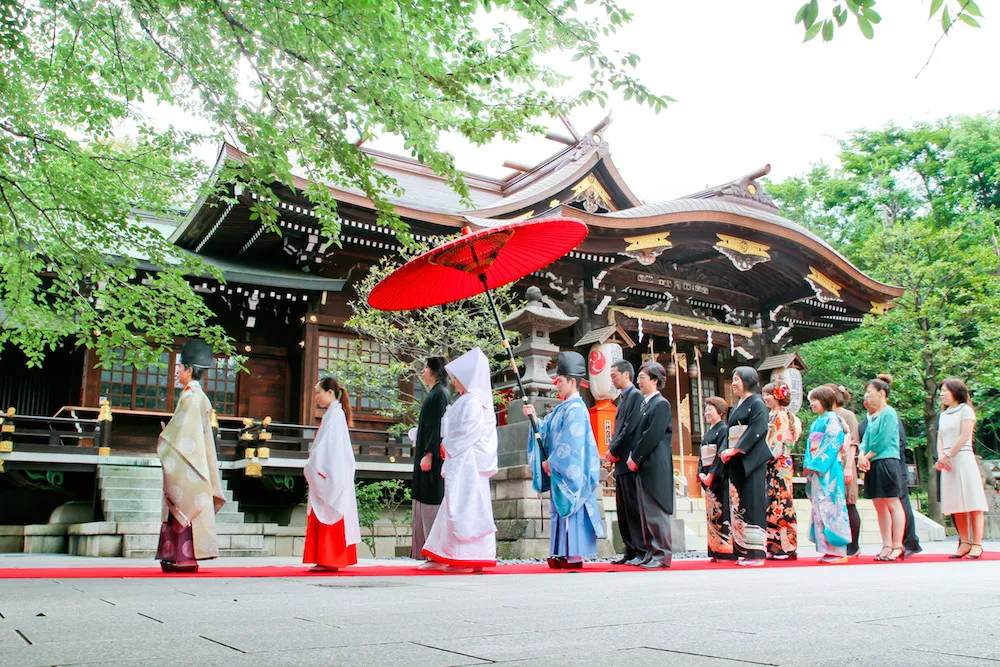
Western chapel: Faux-pastor, veil, and organ
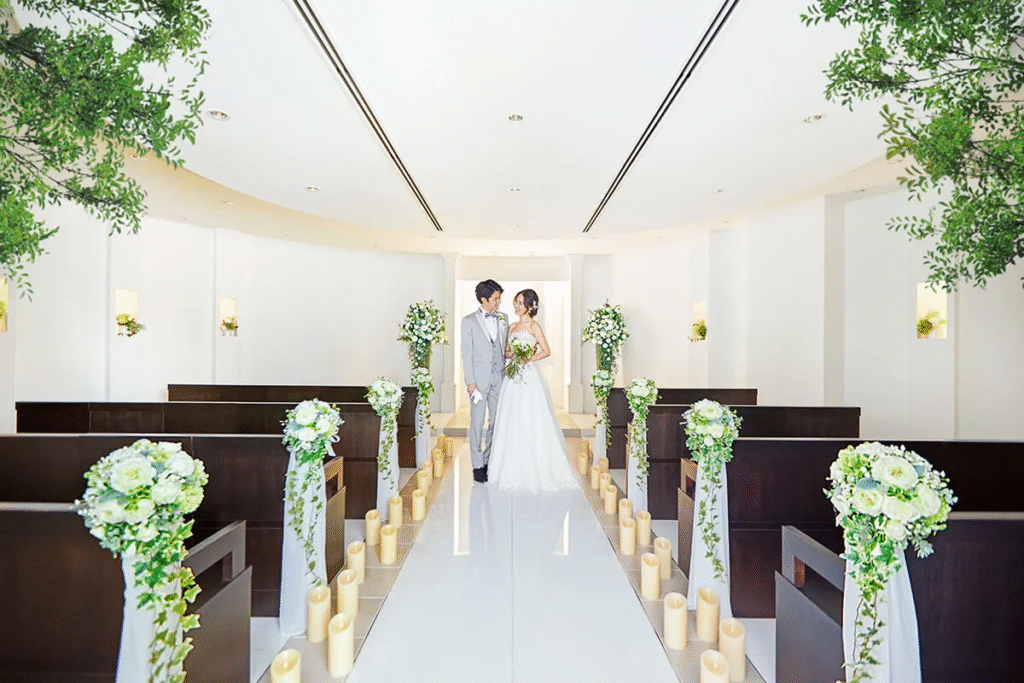
Buddhist temple or restaurant reception: Relaxed alternatives
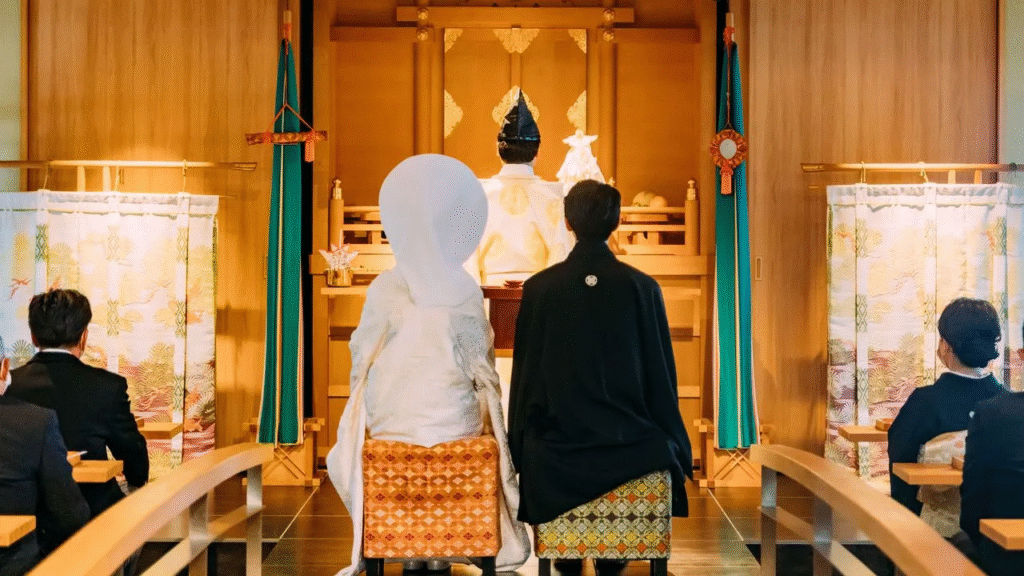
Peak dates such as 11 November (ii fufu, “good couple”) are often reserved a year in advance.
Gift-Giving (ご祝儀/goshūgi)

Guests gift crisp bills inside ornate envelopes. Common sums are ¥30,000 for friends or ¥50,000 for relatives. Couples reciprocate with 引き出物/hidekimono return gifts.
Family Introductions (お見合い/omiai)
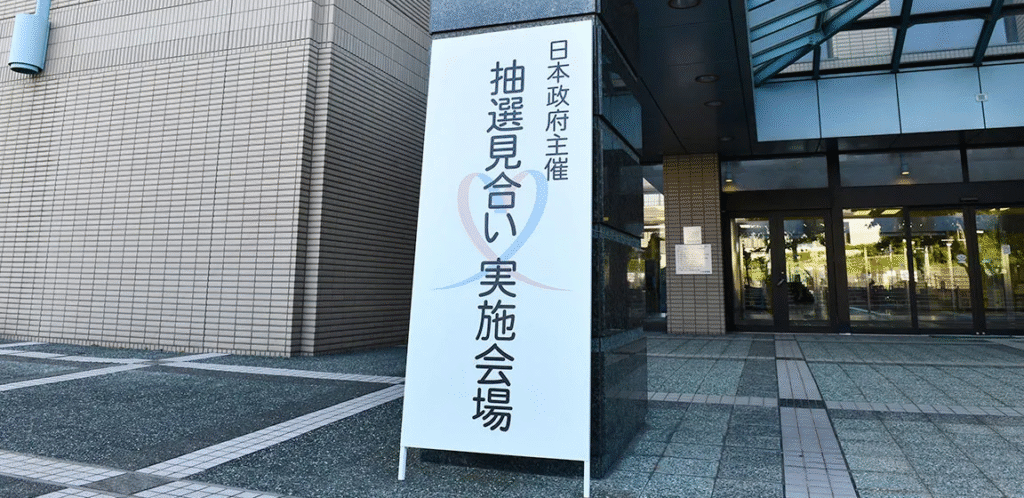
Formal dinners where parents bless the union remain common. Expect structured seating and polite small talk.
Quick Reference Checklist
- Confirm your legal age and single status.
- Secure a CNI; translate and obtain apostille documents where required.
- Complete your marriage registration (婚姻届/kon-in todoke*)*** with two witness signatures.
- File at city hall; request a certificate of receipt (受理証明書/juri shōmei-sho).
- Update your visa, name, tax, and insurance within three months.
- Plan a ceremony that celebrates both cultures!

